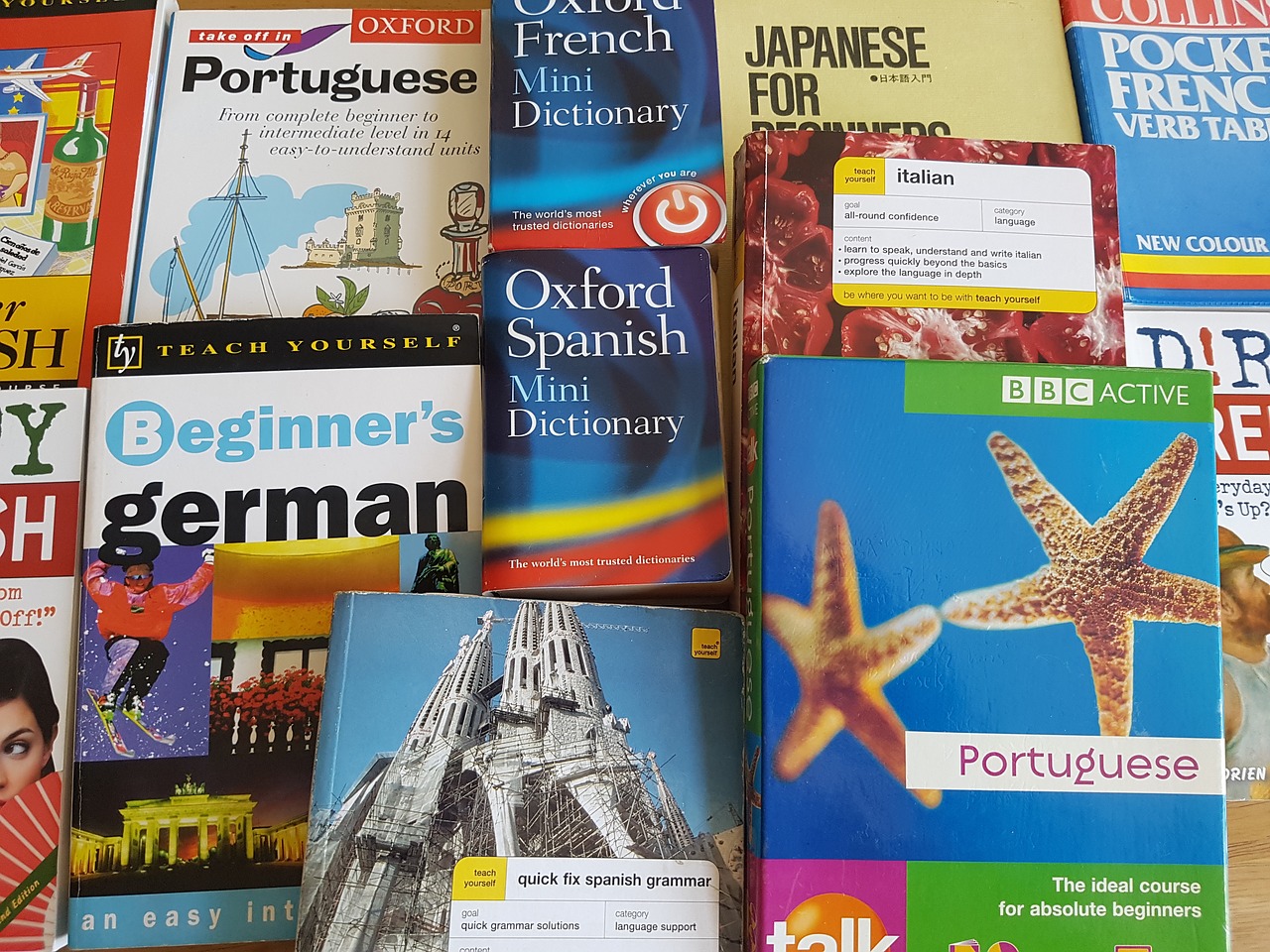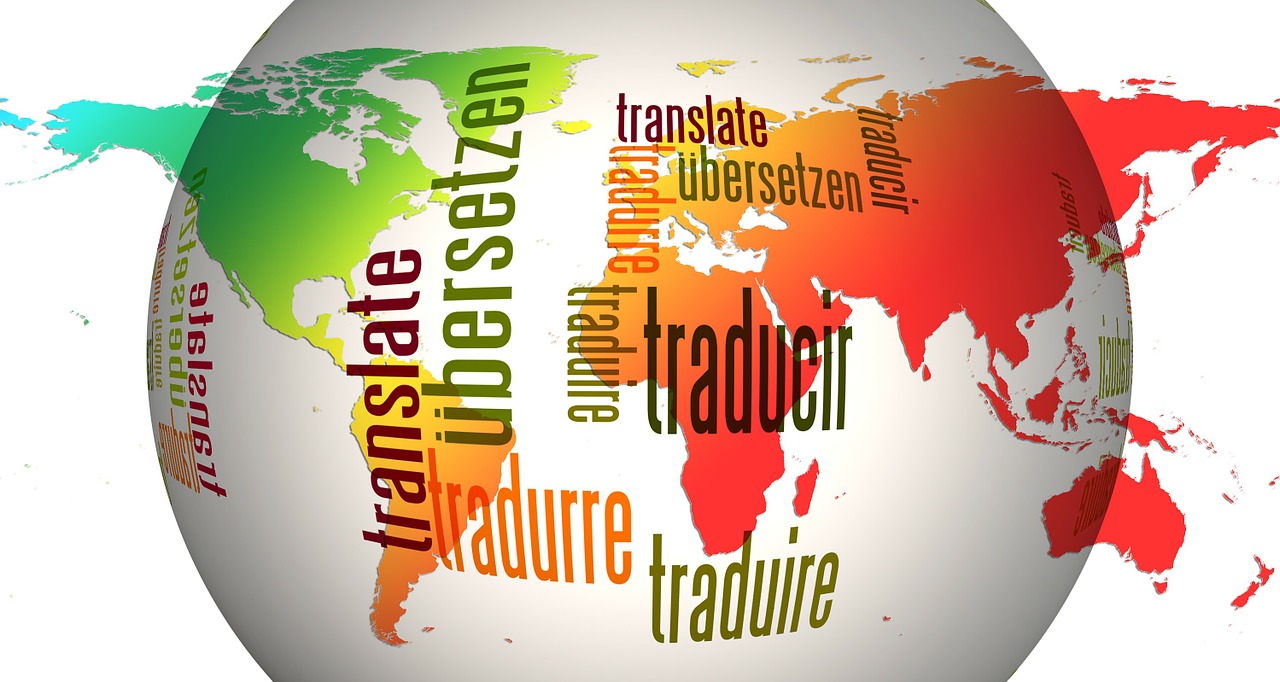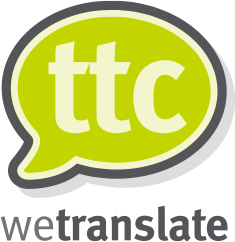

How does Google Translate work?
Whether for a French assignment at school or to order a coffee in a touristic trip to Italy, you probably heard and used Google Translate at least once before. Although it’s notorious for being not the highest-quality translation tool in the game, it has become the internet’s go-to source for translations over the years and there is no denying that it does come in handy from time to time. Life saver to some and an ongoing joke to others, have you ever wondered how Google Translate actually works?
What is Google Translate?
Google Translate is a free tool developed by Google that enables you to translate sentences, documents and even websites from one language into another in a matter of seconds. Google Translate offers translations in 109 languages as of April 2021 and translates a total of over 100 billion words daily.
Contrary to popular belief, Google Translate does not actually provide direct translations from one language into another. It usually translates the source into English and then to the target language. Given that the greatest number of documents are available in the English language online, it definitely makes the whole process easier.
How it works? First you have to select a language pair, copy & paste or write down your source and the translation instantly appears in the other box. Sounds pretty simple, doesn’t it? Even though it looks like an easy process, behind is a complex web of machine learning. Follow us as we explain how!
How things used to be?
When it was first launched, Google Translate heavily relied on online statistics – meaning that when you put down a word or sentence, Google Translate would scan the whole internet database, find the available human-translated documents in the given language pair, and detect the most frequently used version of any expression.
Given that it was looking for corresponding words or phrases, it has been good for short sentences or phrases. But things would tend to get ugly once you try to put a longer text with complex grammar. Because when context and sentence structure came into play, Google Translate was not able to process and construct meaningful translations.

How does Google Translate work now?
You might have noticed that Google Tran slate’s translations became noticeably better in the past couple of years. This is because in 2016, Google started to use a complex machine learning system called ‘the neural network learning’. To put it simply, it is a complicated learning system that enables the machine to compare countless texts from broad sources simultaneously and this ensures that the full context is taken into account rather than being translated in isolation.
As we mentioned before, there is usually an intermediary language in between – most probably English. Let’s say you’d like to translate a document from French into Korean. Google Translate compares French into English translations to Korean into English translations and spot the connections between both of them for your French-Korean translation.
Since Google Translate does this couple of million times a day, it gets better at spotting different patterns between different language pairs and becomes more accurate in its translations with every passing day.
What does it mean for your translations?
Although some translators and translation companies may tell you to stay away from machine translation at all costs, it has been used in the industry for several years now and there is no denying that it can be really helpful at times. The real question is which tools you are using and what for?
The practicality of Google Translate and similar technologies is undeniable but there are couple of downsides to it that are worth keeping in mind.
Google Translate uses a universal cloud – meaning that as you pick up information from the huge pool of readily-available translations, you also put yours there out in the open. This basically means that there is no guarantee that your confidentiality is secured.
Another point is that there is no way you can make sure the translation is completely accurate – especially between not yet fully tested language pairs. Yes, Google Translate has come a long way ever since it was launched in 2006, but it approaches the language as a process of decoding and still lacks the human understanding of the complexity of a language.
We can easily say that a human translator with the support of machine translation is the best of both worlds and creates marvelous results. It cuts down on time and money while increasing both the quality and the quantity of the work. Check out this article to see how we in TTC wetranslate make use of machine translation. (Machine Translation Services – good or evil?)
Although machine learning is making wonders, make sure that you are working with a trusted translation company for high-quality translations and to maintain your confidentiality. In TTC wetranslate, we have a large pool of native translators who are qualified in different subject matters and can provide you with experienced translations.
To find out more about our Translation Services just call us on +44 (0)1245 216930 or email info@ttcwetranslate.com for a free no-obligation quote or arrange a meeting and see how we can work with you.

